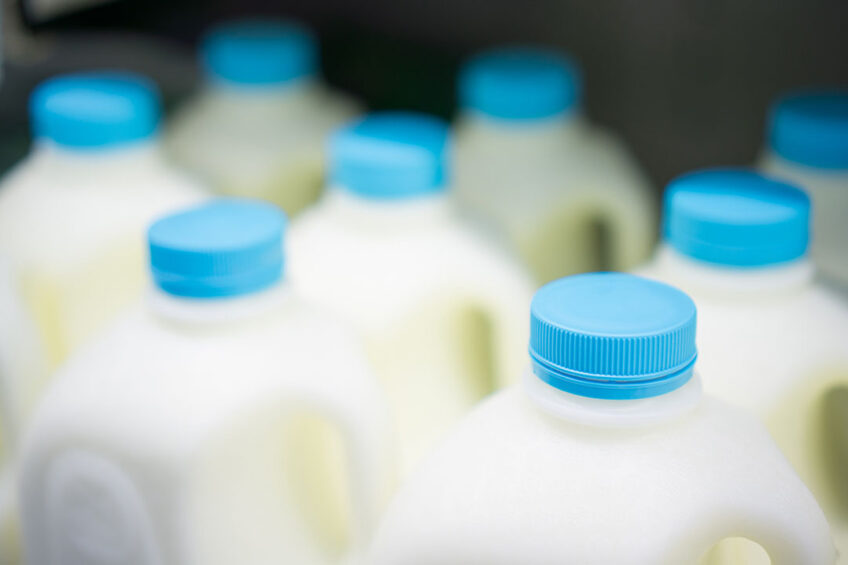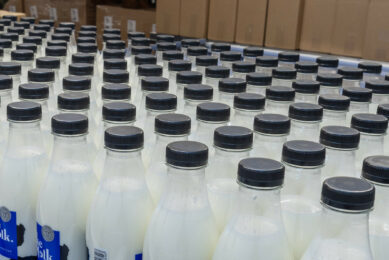Brazil in 2020: Milk prices escalate 56,4%, embargo lifted

The average milk prices paid to Brazilian dairy farmers in September was 56,4% higher than January this year, according to Cepea.
Just during the last month, the price rose by 9.7% compared to August, achieving 2.1319 BRL/litre (0.38 US$), a new record according to the Center for Studies in Applied Economics (Cepea) at the University of São Paulo (USP).

Thus, the average milk price in September was 51.4% higher than in September 2019, reducing inflation. “This sharp increase reflects an intense competition between dairy plants for milk. In other words, although quotas have been at high levels, milk production is not increasing as much as demand for the product,” explains Nathalia Grigol, a researcher at Cepea.
Low investments this year
Grigol further added that the price increase between March and August is seasonal, since milk production usually drops during this period due to lower pasture availability during the dry season in Brazil’s southeast and central west.
This scenario has been worse in 2020 as production has had more weather issues this year, such as strong drought in southern Brazil. It is also worth mentioning that higher production costs compared to last year forced farmers to cut their resources in milk production.
“However, the unusual lower prices paid to dairy farmers in May were a result of the uncertainties caused by the Covid-19 pandemic. This prompted concerned producers to reduce investments. Another reason is the significant reduction in dairy product stocks and increasing consumption,” Grigol adds.
Furthermore, the volume of dairy products imported was low in the first part of 2020 due to the depreciation of Real against other currencies. Demand was higher than supply and pushed prices higher.
 Covid-19: Impact on the global dairy sector
Covid-19: Impact on the global dairy sector
The coronavirus has had a huge impact on daily life from the man on the street to businesses. And the dairy sector, even more essential than ever, has not gone unscathed. Keep up-to-date.
Outlook
According to market forecasts, the upward trend of milk prices should weaken in the coming months. The end of the offseason is near and weather conditions will become more favourable to milk production.
“Additionally, the industry has started to import higher volumes of dairy products from Argentina and Uruguay after July, aiming to reduce the competition for milk in the Brazilian market,” Grigol points out.
As a consequence of higher availability of milk and dairy products, Cepea surveys show that the average milk price in the spot market of Minas Gerais rose by a slight 0.2% at the start of September, dropping by 5.5% in the second half of the month.
Cepea’ surveys in September indicated that prices may drop, due to pressure from distributors and purchasers’ firmer stance. Mozzarella cheese prices and UHT milk, for example, may decrease by 1.5% and 3.3% in São Paulo State.
 Global dairy market
Global dairy market
Overview of prices for: raw milk, dry whey, skimmed milk powder, cheese and butter
Brazil lifts embargo
On Monday 12 October, the Brazilian Minister of Agriculture, Livestock and Supply, Tereza Cristina, met with the Minister of Agriculture of Portugal, Maria do Céu. During the meeting, which took place in Lisbon, Tereza Cristina announced the end of embargo on dairy products from the Portuguese region of Azores, a group of islands in the Atlantic Ocean. The prohibition existed for more than 5 years.
Join 13,000+ subscribers
Subscribe to our newsletter to stay updated about all the need-to-know content in the dairy sector, two times a week.










